This post may contain affiliate links. If you make a purchase through a link, I may receive a small commission, at no cost to you. These commissions help keep this website up and running, and I thank you for your support. Read my full disclosure here.
We visited the small historic city of Sibiu as part of our self-drive holiday in Romania. We had been staying in Vidraru on our drive through the famous winding Transfăgărășan road. Read my full guide to driving the Transfăgărășan here. If you don’t have a car, then you can still visit the Transfăgărășan on a full day tour from Sibiu. We then drove on to Sibiu, which was built in the 12th century by German settlers known as Transylvanian Saxons. It was one of the largest and wealthiest of the seven walled citadels, so there are many impressive Germanic buildings to see.
This city is perfect for strolling around, getting lost amongst the beautiful buildings, and enjoying a meal and some people watching in the grand square. Sibiu is not a very large city, so if you are short on time, like we were, you can enjoy most of it in an afternoon. But if you have more time, you could easily fill a couple of days at a more relaxed pace.
After settling into our accommodation, we headed out to explore. Sibiu consists of two distinct areas – the Upper Town and the Lower Town. The Upper town is home to most of Sibiu’s historic sights, and the Lower Town is lined with colourful houses on cobblestone streets and surrounded by imposing city walls and defence towers overlooking the river Cibin.
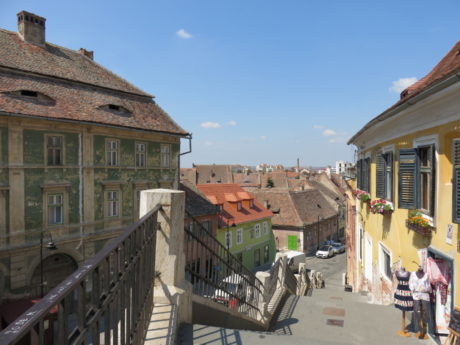
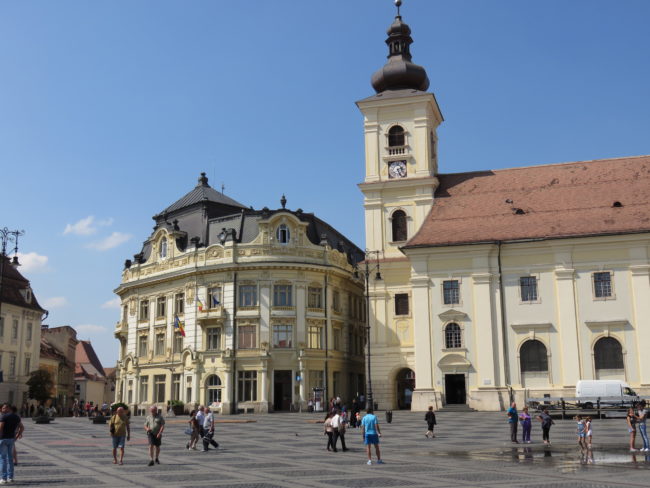
We made a beeline to the heart of the historic old town, a large grand square called Piata Mare. It was a hot day so we enjoyed a cooling lemonade at one of the restaurants where we sat outdoors and did some people watching. This picturesque spot is where they hold their Christmas Markets. Whilst we were visiting during summer, they had some local market stalls.
Beside Piatra Mare is the smaller square, Piatra Mica. It too is a beautiful square surrounded by historic architecture. Situated on the side of Piatra Mica is The Bridge of Lies. Its name comes from several local legends. The small square was used as a centre of punishments in medieval times, which included executions by beheading, hanging or locking the victims in a cage. It is thought that the bridge was also used to punish people, especially liars. The legends say that if someone was lying, the bridge would start shaking and making noise, and the unfortunate person would be thrown off the bridge.
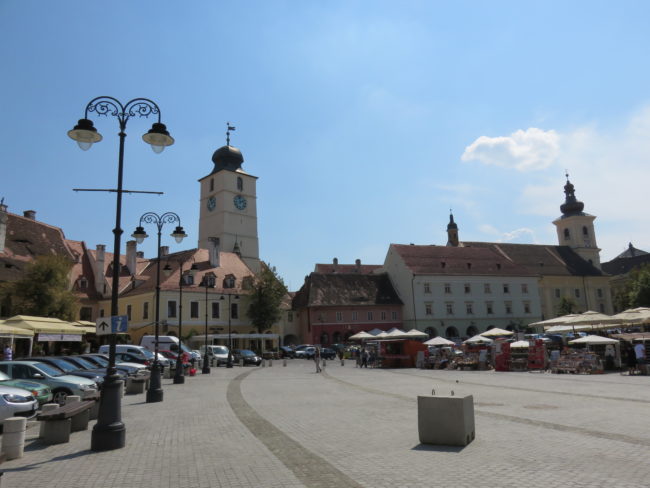
To get a good view of the city and area, we visited Turnul Sfatului, the Tower of the Council, which is beside Piata Mare. It dates back to the 13th century and for a small fee we got to climb up the many stairs to the top of the tower, where we were rewarded with fabulous views of the city. The tower has been used for various purposes over the years, at one stage it was even used as a prison, but today it houses a small exhibition about Sibiu. For more fabulous views, you can also head up to the Lutheran Cathedral viewing platform.
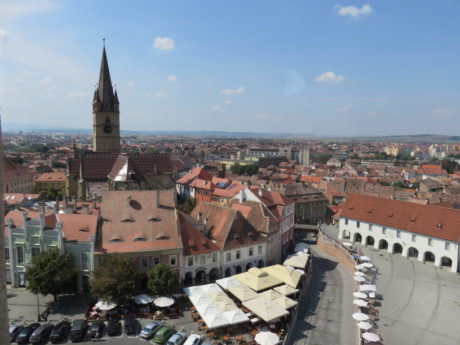
The Upper Town and Lower Town are connected by the Passage of Stairs, two ramifications of stairs and arcades surrounding the city walls that were built in the 13th century. These imposing walls include fortifications of 39 defensive towers, five bulwarks, four gates and five artillery batteries. At the crossroad of Turnului Street with Alexandru Odobescu Street, old houses are dating from the 17th century.

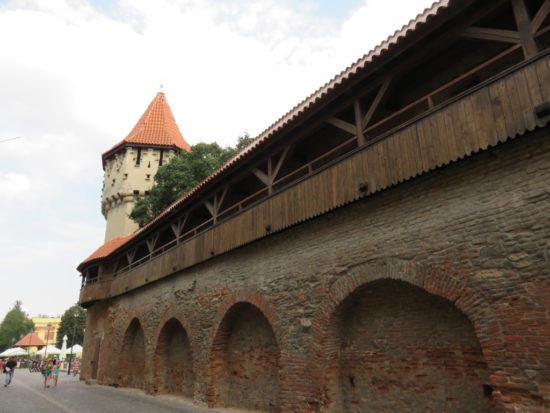
The best thing to do in Sibiu is just to wander the streets and take in all of the wonderful architecture and history. Beautiful buildings include the city hall, Museum of History, and the numerous churches. If you want to learn more about the city’s history, visit the Brukenthal National Museum.
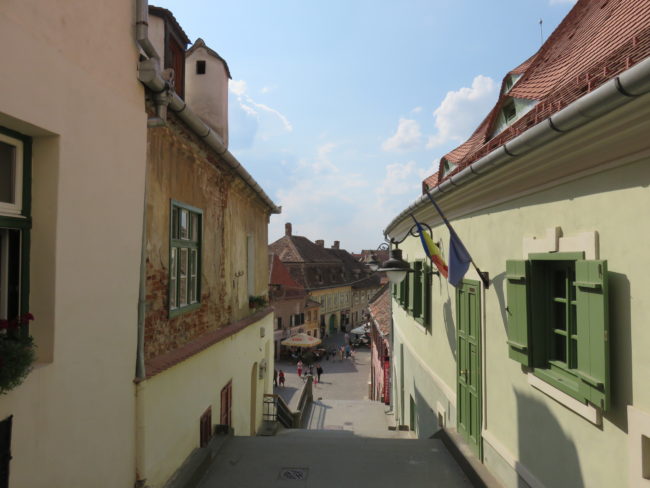
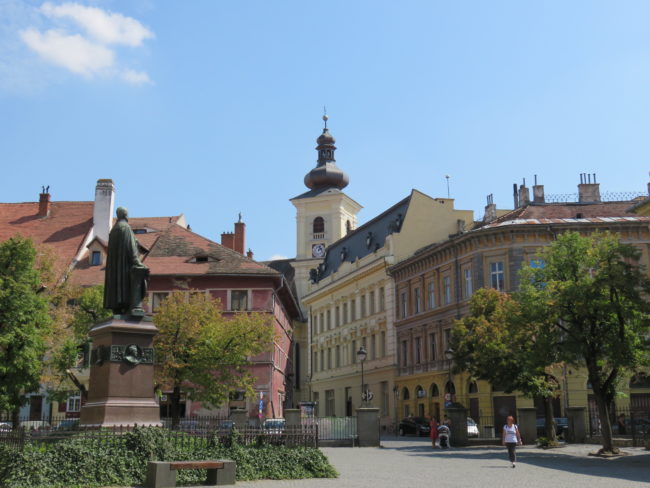

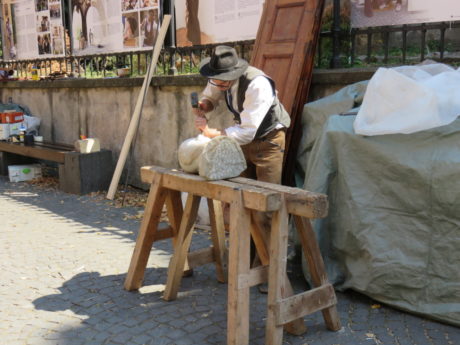
Practical Tips for Visiting Sibiu
- How to get to Sibiu: We drove to Sibiu, but you can also visit on a day tour from Bucharest, a day tour from Timisoara or a day tour from Brasov.
- Walking tour of Sibiu: To really learn more about this beautiful historic city, take a guided walking tour.
- How long should I visit Sibiu for? You can see the main attractions in a day trip as we did, but if you want to take your time and see more, you could spend a couple of days here. If you have more, then you could also schedule in some day trips to nearby attractions. Visit the Transfăgărășan on a full day tour from Sibiu and take a day tour to visit Bran Castle and Rasnov fortress. Read my post about my visit to Dracula’s Bran Castle.
- Sibiu Tourist Information Centre: 2, Samuel Brukenthal, Entrance F (from Piaţa Mare), Sibiu 550178, Romania
- Language: Romanian. Although most people we came across spoke English in the tourist areas. However, do try your hand at a few Romanian words:
- Yes = Da (da)
- No = Nu (noo)
- Please = Vă rog (vuh ROHG)
- Thank you = Mulţumesc (Mool-tsoo-mesk)
- Hello = Bună ziua (Boo-nuh zee-wa)
- Currency: Leu, plural lei (pronounced lay), which is abbreviated as RON
- Tipping: Not required, but people usually round up.
- Electricity: The electrical current is 230 volts AC. Wall outlets generally take the European two round prong plugs. However, you are better off purchasing a worldwide adaptor that can be used in Romania as well other countries. At least then you can potentially get some further use out of it on future vacations. If you’re taking several electronics with you, then I would recommend purchasing a couple of these adaptors.
- Navigating: Use Google’s free Offline Maps, which allows you to access free maps for navigating that can be used offline, i.e. you don’t need WIFI, data, or roaming to be able to use them. Follow this detailed guide on how to use Google’s Offline Maps. Even if you have a data plan in Romania, don’t rely it in case you have trouble accessing the mobile networks.
- Using your phone as a GPS will drain your battery quickly, so use a portable battery charger, which you can use to charge your phone and any other USB chargeable devices.
- If you prefer a paper map, then purchase a Romanian road map before you go. At least it’s reliable and won’t run out of battery or malfunction like the electronic options!
- Read more Essential Travel Tips and Information for Transylvania.

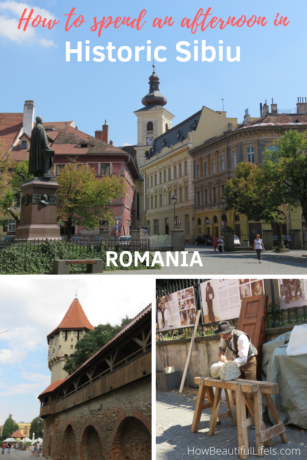
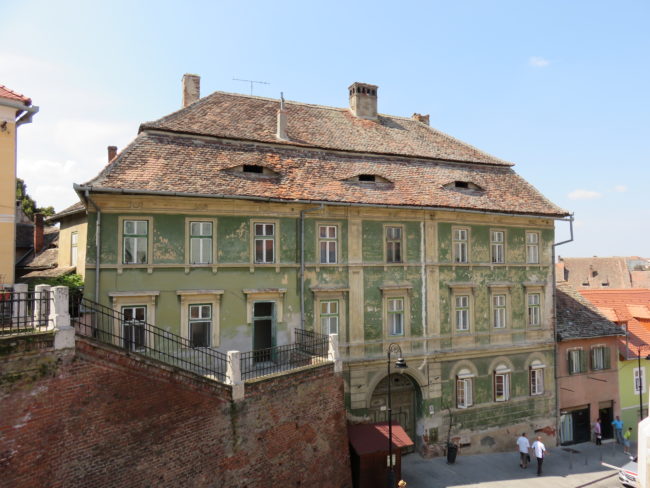
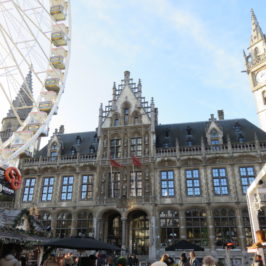
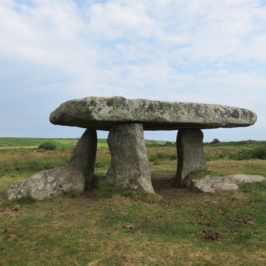

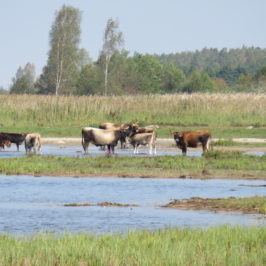
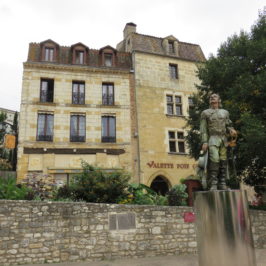
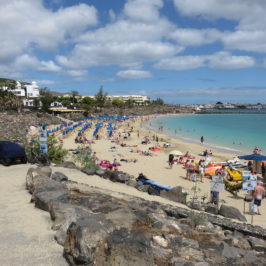
Leave a Reply